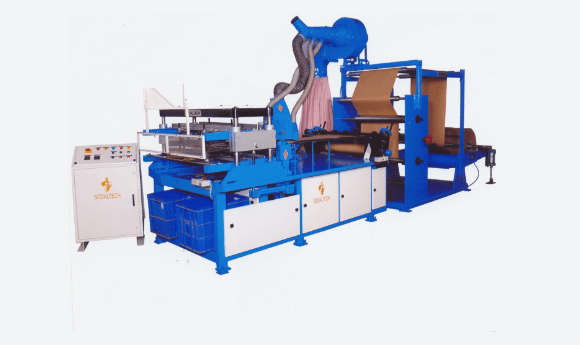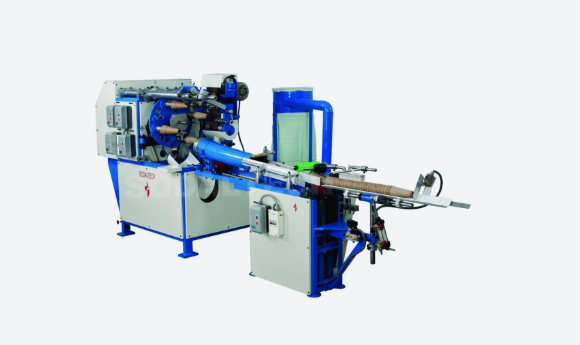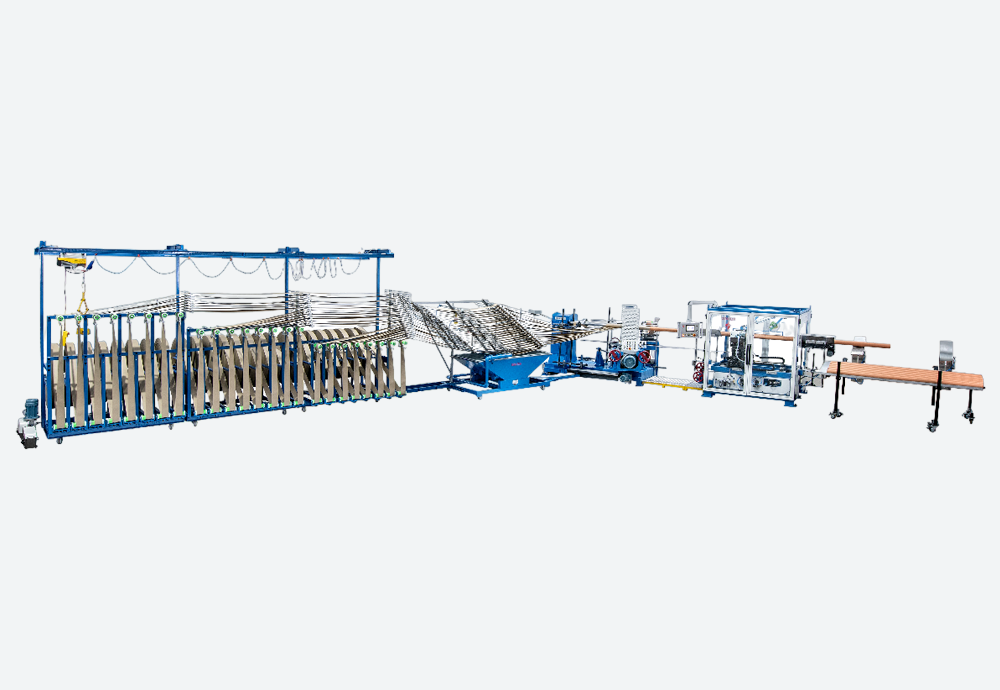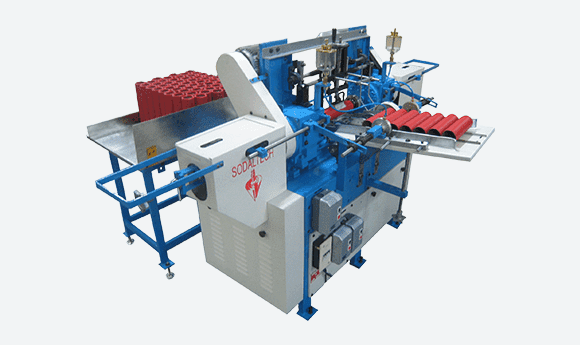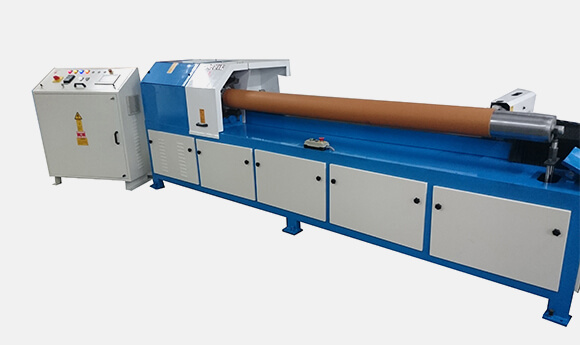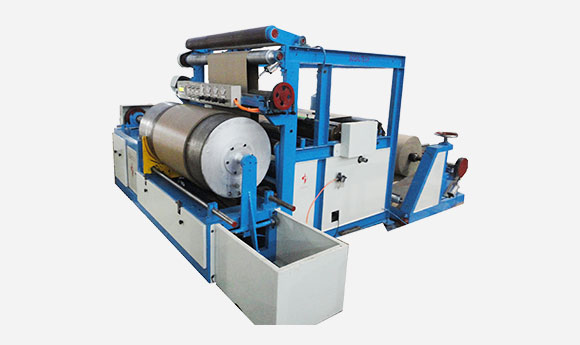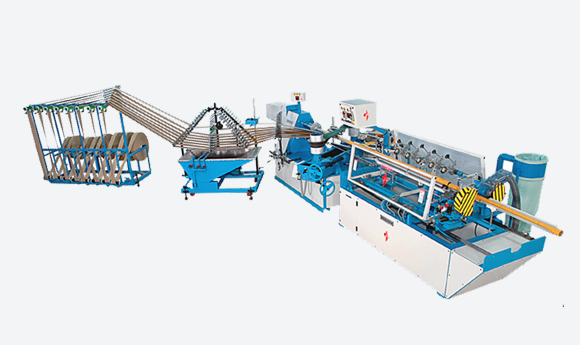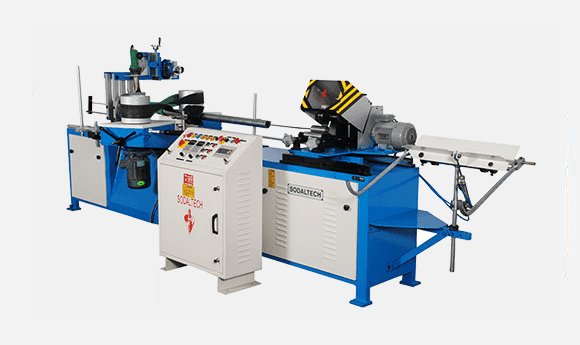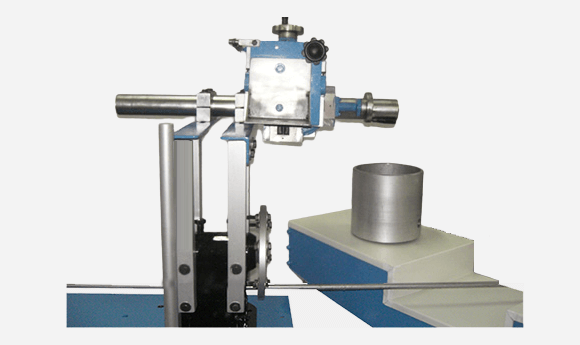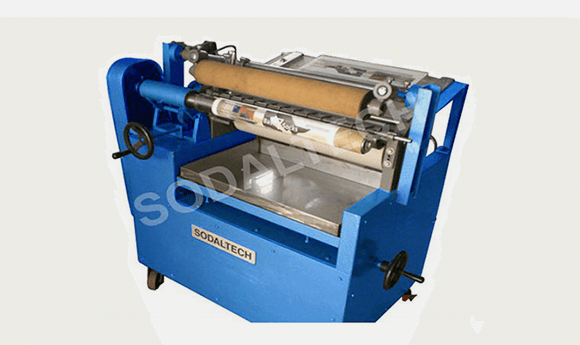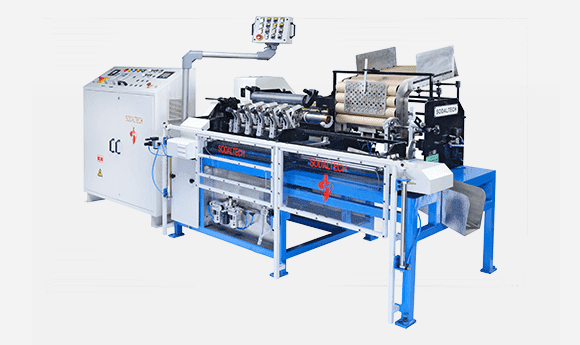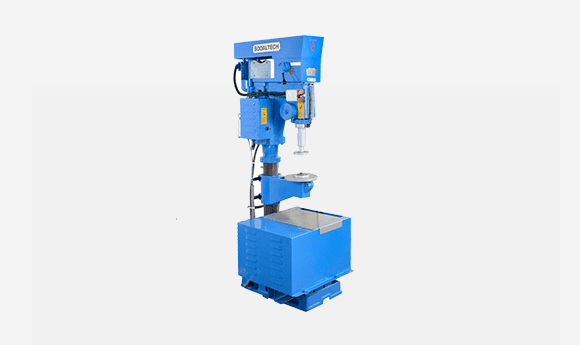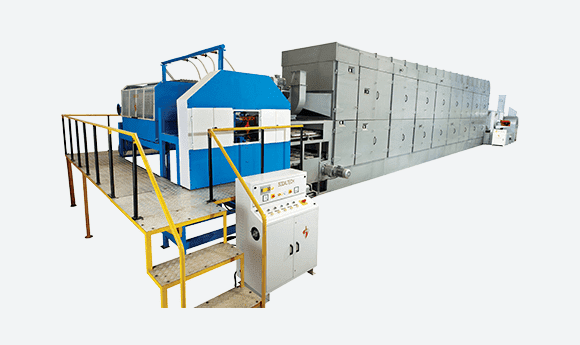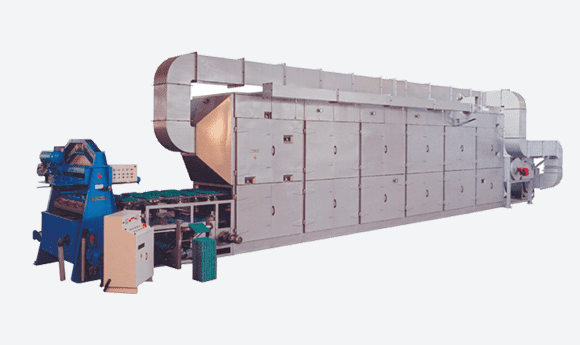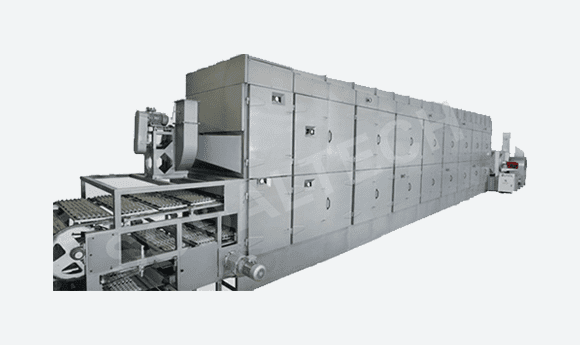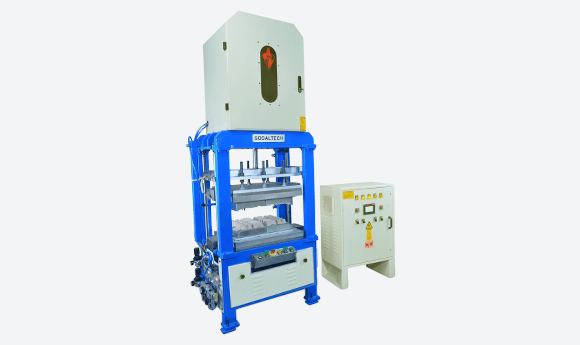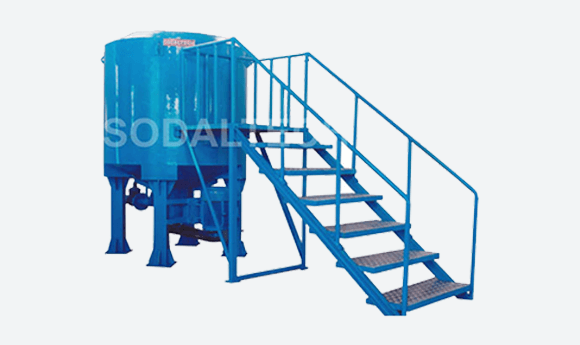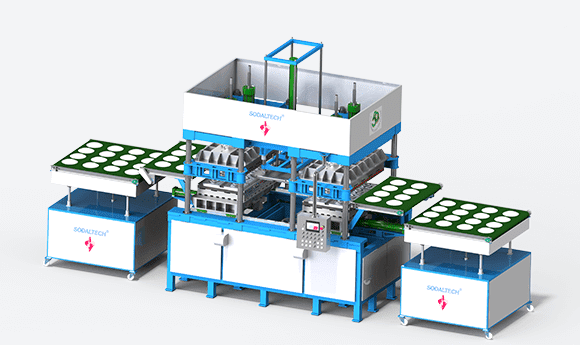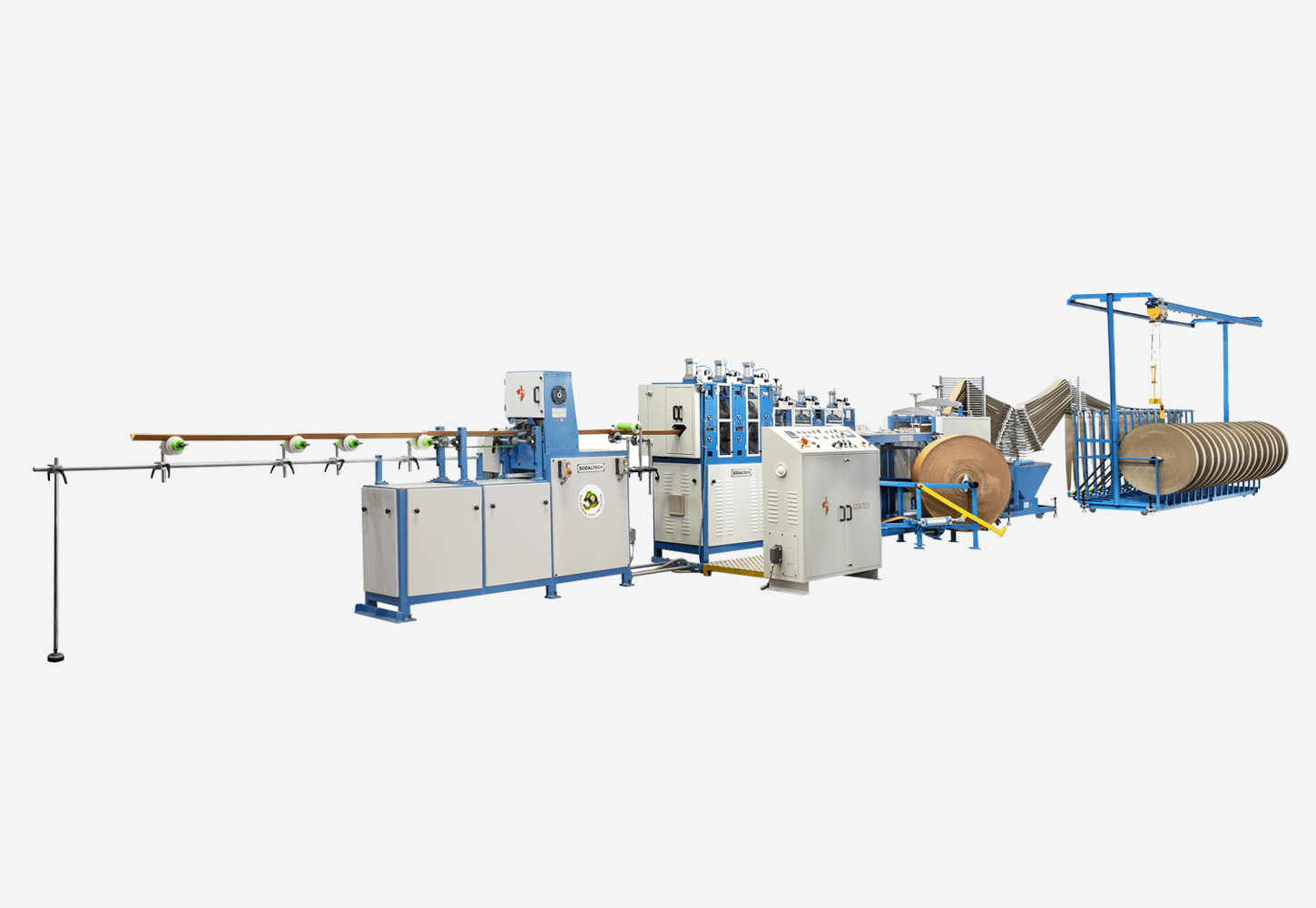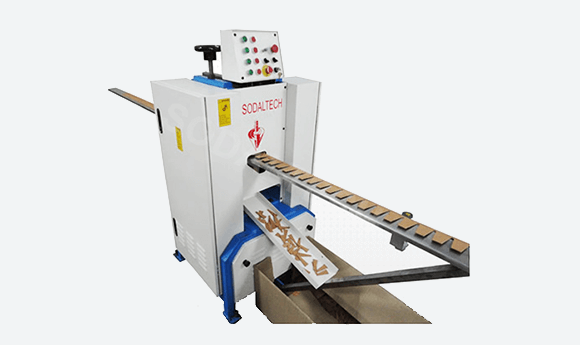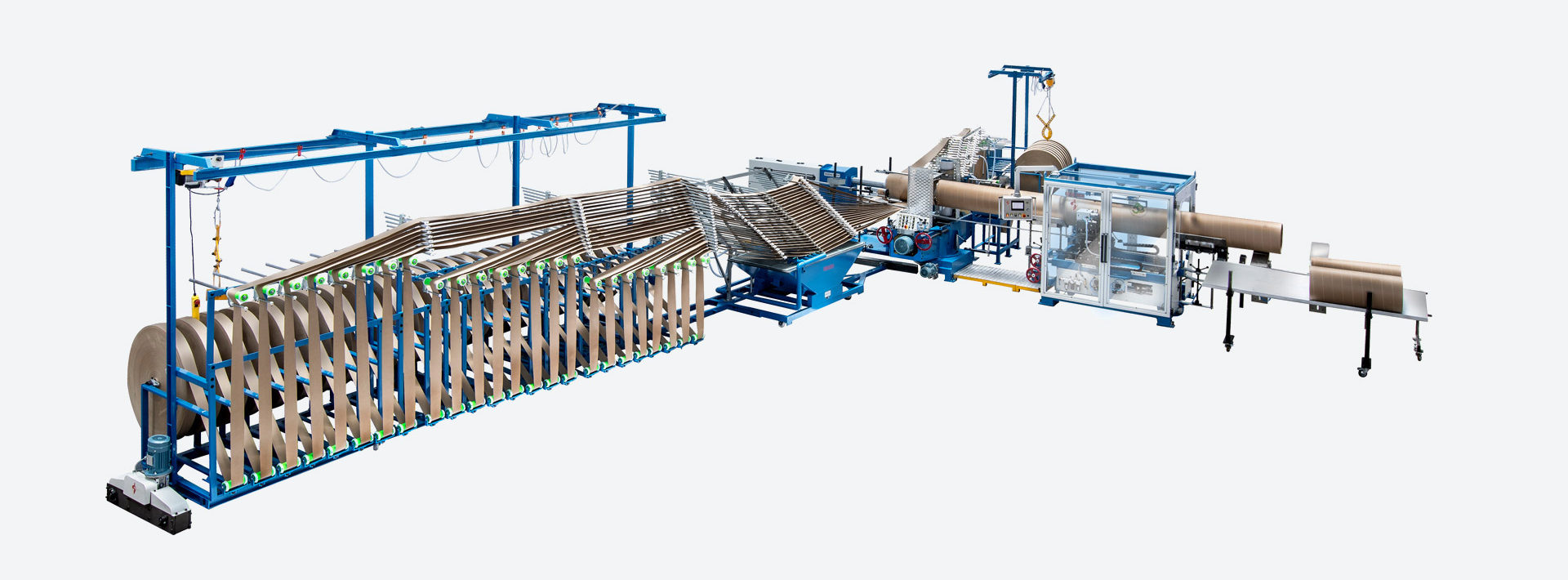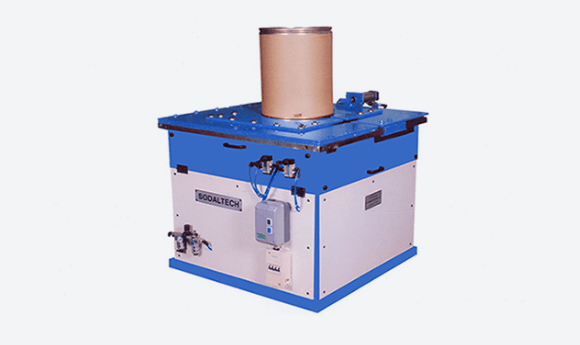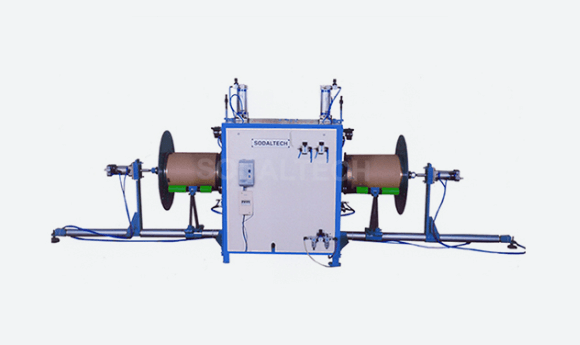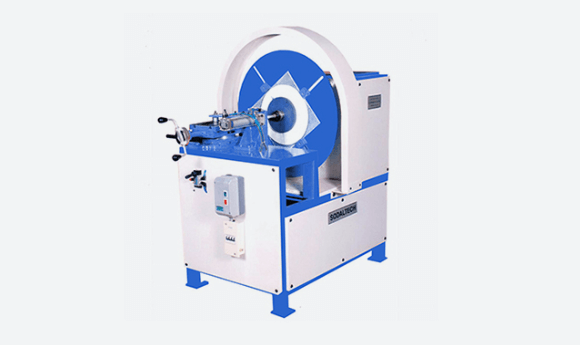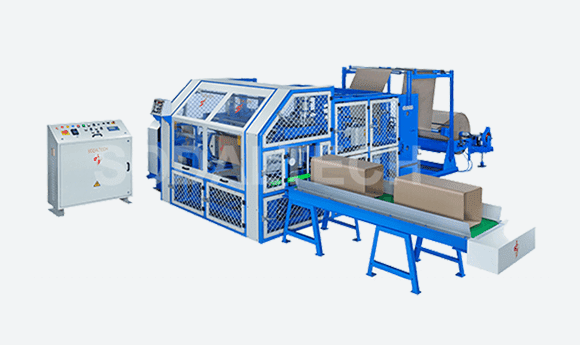- Home
- About Us
- Machinery
- Paper Cone Production Line
Automatic Paper Cone Plant
-


Automatic Paper Cone Making Machine with Online Drier
-

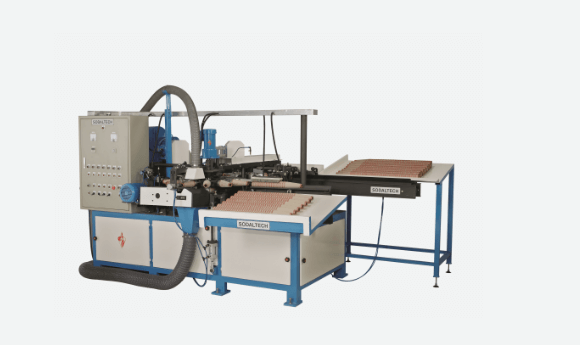
Automatic Paper Cone Finishing Machine (Twin Index)
Semi Automatic Paper Cone Plant
-
- Paper Tube & Core Production Line
- Composite Can Production Line
- Pulp Moulding Production Line
- Tableware Production Line
- Edge Protector Production Line
- Fibre Drum Production Line
- Square Drum Production Line
- Paper Cone Production Line
- Products
- Projects
- CSR
- Contact Us
Choosing the Right Paper Pulp Moulding Machine for Your Business
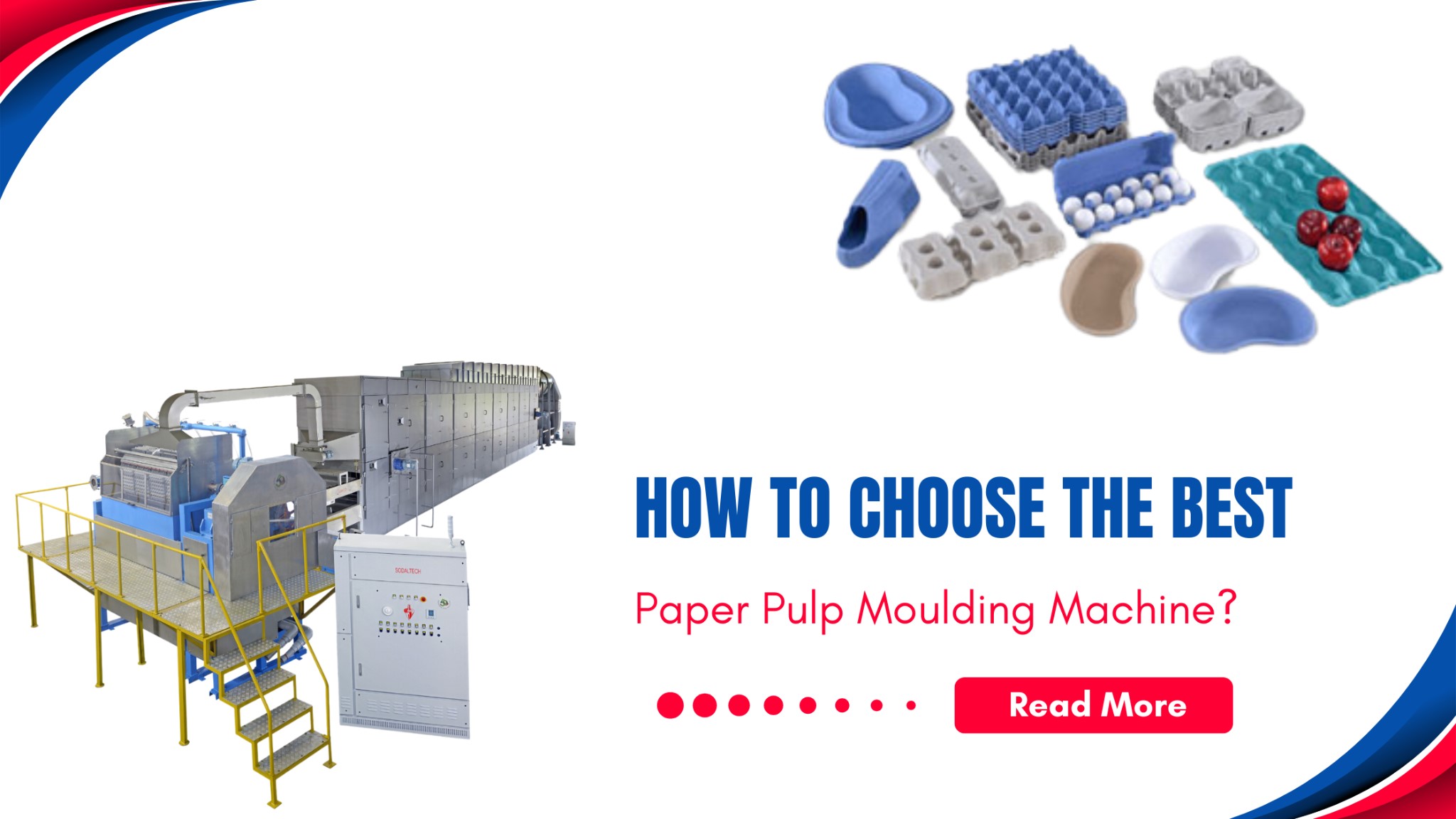
In today’s world, where sustainability is no longer just a choice but a necessity, businesses are stepping up to offer eco-friendly solutions. A paper pulp moulding machine helps transform waste paper into products like egg trays, cup holders, and protective packaging—offering businesses a greener alternative to plastics.
If you’re looking to produce sustainable, biodegradable products that meet market demand and boost your business, choosing the right paper pulp moulding machine is essential.
We’ll go over the key points in this post to assist you in making a good choice.
What is a Paper Pulp Moulding Machine?
A paper pulp moulding machine is an equipment used to transform waste paper into molded products such as egg trays, fruit trays, coffee cup holders, and packaging for fragile items. These machines contribute to a circular economy by recycling raw materials into functional products, making them an eco-friendly alternative to plastic packaging.
Types of Paper Pulp Moulding Machines
Before diving into the selection process, it’s essential to understand the different types of paper pulp moulding machines.
- 1. Reciprocating Pulp Moulding Machine
- 2. Rotary Pulp Moulding Machine
- 3. Thermoforming Pulp Moulding Machine
- 4. Rotary Multiside Pulp Moulding Machine
- 5. Dry-in-Mould Pulp Moulding Machine
Reciprocating pulp moulding machines operate using a back-and-forth movement to transfer moulds for forming and drying. They are best suited for small to medium-scale production of products like egg trays, fruit trays, and cup carriers. These machines are cost-effective, making them ideal for businesses with limited production requirements.
Rotary pulp moulding machines feature a rotating drum that continuously transfers moulds through forming, drying, and stacking processes. They are widely used for large-scale production of items such as egg trays and industrial packaging. With high-speed, continuous operation, these machines are ideal for businesses requiring large production volumes.
Thermoforming pulp moulding machines use heat and pressure to form products with smooth surfaces and precise finishes. These machines are commonly used for manufacturing food-grade items such as plates, bowls, and other tableware. Known for their ability to produce high-strength and detailed products, they are ideal for premium packaging applications.
Rotary multiside pulp moulding machines operate similarly to rotary machines but include multiple forming stations to improve efficiency. They are suitable for large-scale production of egg cartons, cup holders, and industrial packaging. These machines are designed for high-speed output and versatile applications.
Dry-in-mould pulp moulding machines streamline production by combining forming and drying within the mould itself. This technology is ideal for manufacturing premium products like tableware and medical disposables. By reducing drying time and energy consumption, these machines offer efficiency and cost savings.
How to Choose the Best Paper Pulp Moulding Machine?
Choosing the right paper pulp moulding machine involves evaluating your business requirements and aligning them with the machine’s capabilities. Here are the key factors to consider:
1. Production Capacity
One of the first factors to evaluate is the production capacity of the paper pulp moulding machine. Consider the number of products your business needs to produce daily, weekly, or monthly. Pulp moulding machines come with varying capacities, ranging from semi-automatic to fully automatic machines. If you’re starting small, a semi-automatic machine with a production capacity on the lower end (around 1,300 units/hour) may be sufficient. For larger operations, a fully automatic machine with a higher capacity (up to 8000 units/hour) is ideal to meet increasing market demand.
2. Raw Material
The type and quality of raw materials used in making pulp moulded products can significantly affect the quality of the final product. The most common raw material is waste paper, which can come from newspapers, books, and cardboard boxes.
Make sure to choose a machine that can handle a wide range of raw materials, including different types of waste paper and cardboard. This will give your business flexibility in sourcing affordable and readily available materials.
3. Energy Consumption
Energy consumption is another critical factor to consider, as it directly affects your production costs. Machines that consume less power while maintaining high output are essential for optimizing profitability.
Certain machines come equipped with automatic shutdown and standby modes to conserve energy during idle periods. Choosing an energy-efficient machine will lower your operational costs in the long run.
4. Drying System
Drying is a crucial stage in the pulp molding process, and the type of drying system impacts the machine’s overall efficiency. Metal drying systems offer the most advanced and reliable solution for businesses looking to streamline their operations and achieve superior results.
With controlled temperature and airflow, metal drying systems ensure consistent drying, regardless of external weather conditions. These systems are ideal for high-volume production, delivering faster turnaround times while maintaining uniform quality across batches.
5. Automation Level
Semi-Automatic Machines:
Semi-automatic pulp moulding machines offer a balance between automation and labour, making them a cost-effective choice for medium-scale businesses. These machines can produce up to 1300 units per hour with some manual intervention.
Fully Automatic Machines:
Fully automatic pulp moulding machines are ideal for high-volume production and offer the highest efficiency. With capacities of up to 8,000 units per hour, these machines require minimal human intervention, enhance production efficiency, ensure consistent quality and reduce labour costs.
6. Space Requirements
Evaluate the space available in your facility. Larger machines require more space for operation and maintenance. Ensure the machine can fit comfortably within your production area without compromising workflow.
7. Manufacturer Reputation and Support
Choose a reliable manufacturer with a proven track record. Look for companies that provide:
- Comprehensive warranties.
- Efficient after-sales service.
- Training and technical support.
8. Read Customer Reviews
Before making your final decision, take the time to research customer feedback on the machine model you’re considering. Reviews and testimonials provide valuable insights into real-world performance, potential issues, and overall customer satisfaction.
Benefits of Choosing the Best Pulp Moulding Machine
Investing in the best paper pulp moulding machine offers numerous benefits for your business:
- Cost Efficiency: Reduces production costs through efficient use of materials and energy.
- Scalability: Supports business growth with higher production capacities.
- Eco-Friendliness: Promotes sustainable practices and attracts environmentally conscious customers.
- Customization: Enables the production of a wide range of products to cater to different markets.
- Brand Image: Enhances your reputation as a sustainable business leader.
Conclusion
Choosing the best paper pulp moulding machine is vital for optimizing production, reducing costs, and embracing sustainable practices. By evaluating your business needs and exploring the right solutions, you can achieve long-term success while contributing to a greener planet.
Invest in a paper pulp moulding machine and position your business as a leader in the eco-friendly packaging industry.
For reliable and best paper pulp moulding machinery, trust Sodaltech – your partner in sustainable manufacturing .

ENQUIRY FORM SODALTECH
Don't hesitate to contact us if you would like to know more about what we can do for you.

